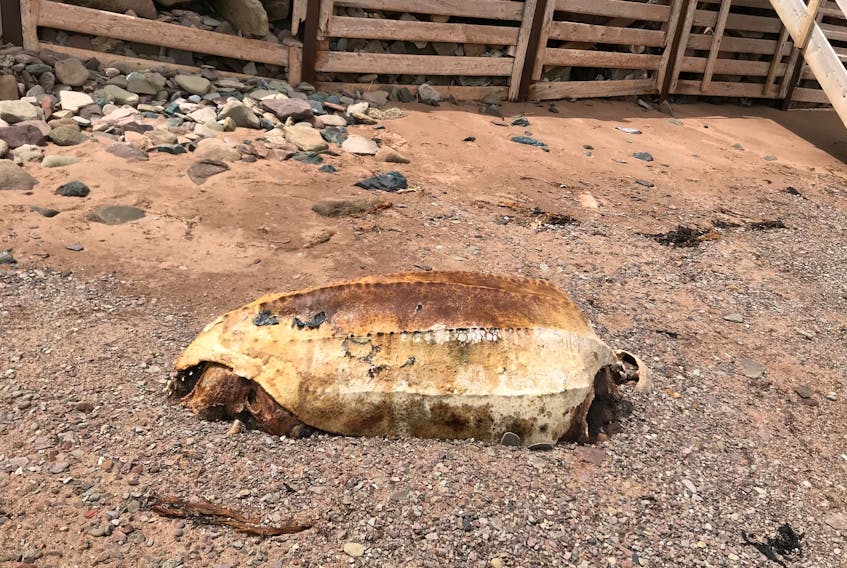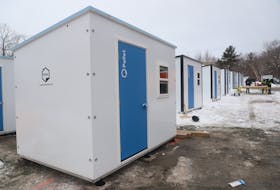TONEY RIVER, N.S. — A dead turtle that washed ashore on a beach in Toney River, Pictou County in June ended up being a rather costly problem to dispose of.
The expense was brought up at the Municipality of Pictou County’s finance meeting on Sept. 16. Costs associated with the turtle added up to $800.
Deputy municipal clerk Carolyn MacIntosh said the total costs were for removal and site restoration of damage done to private property by the equipment used to remove the leatherback turtle.
At the time the turtle was discovered, The Municipality of Pictou County’s bylaw officer Anne MacCarthy was told that Department of Fisheries and Oceans was aware of the turtle remains, and the department believed it was deceased for some time and had travelled an extensive distance before washing up on shore. Samples of the dead turtle were taken for further investigation and because it is considered an endangered species, the Municipality of Pictou County was required to get a special permit before it could be removed from the beach.
The leatherback sea turtle is the largest of all living turtles and is the fourth-heaviest modern reptile behind three crocodilians. An adult weighs an average of between 250 and 700 kg according to information about the turtle posted by the municipality.
Did you know?
- Relatives of modern leatherback turtles have existed in some form since the first true sea turtles evolved over 110 million years ago during the Cretaceous period.
- Leatherback turtles have the largest flippers in proportion to their bodies among extant sea turtles. Their front flippers can grow up to 2.7m in length.
- Leatherbacks can be found in all tropical and subtropical oceans and far north well into the Arctic Circle.









